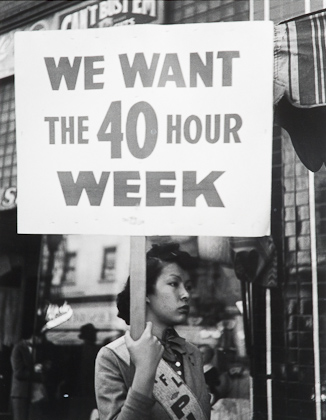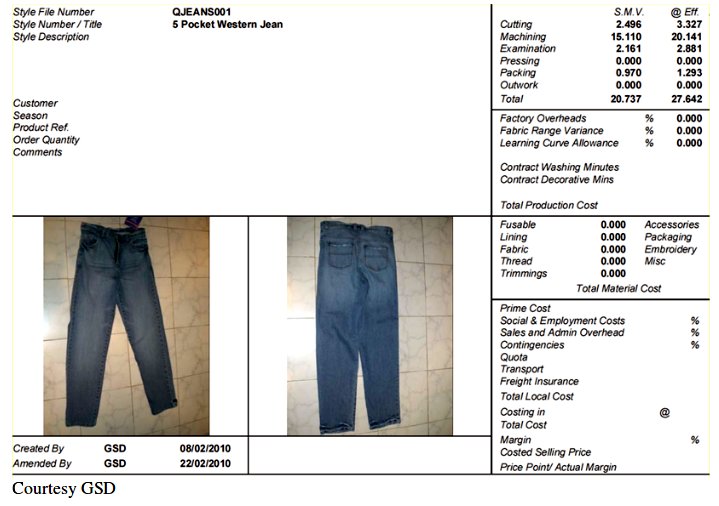
What do we know about how garment cost is broken down across the supply chain?
This is the first of the two questions for which the most insightful research with fairly hard data has been published by Prof. Doug Miller from Northumbria University in Newcastle. The two most relevant papers in this context are: ‘What price a living wage‘ and ‘Towards Sustainable Labour Costing in the Global Apparel Industry‘.
This article, and the upcoming third installment will summarise the content of the papers, and single out the most important facts.
The situation of the supplier end of the value chain:
In the recent past, more and more buyers have resorted to a one sided demand for ‘open books’. Something which usually is a foreplay to a foreceful cutting of benefits at the supplier’s end. It results often in the supplier ‘hedging’ and not showing their real costs, so as to prevent unviable pressure from the buyer for lower prices.
Manufacturers usually have a system by which they estimated production time of a garment – and given that they know what they pay their workers – and in this way they get to an estimated labour cost per piece.
This is then topped up with the cost of the fabric result of negotiations with the fabric supplier.
An entirely unknown variable in this system though is the factory efficiency, which for overseas manufacturing sites can be anywhere between 30% to 90% of optimal efficiency – i.e. range from very inefficient to nearly perfectly efficient.
In above example of jeans, the amount of time used per piece – and therefore the cost of each piece subsequently – would vary as follows in accordance to the efficiency of the factory:
- Perfectly efficient: 20.737 minutes
- @80%factory efficiency: 25.921 minutes
- @35% factory efficiency: 59.248 minutes.
The way to get from the amount of time used per piece to the salary to be paid in order to make this a minium or living wage is as follows:

- (1) = Number of minutes worked per month = Number of days worked per month x number of hours worked per day x 60 minutes per hour
- (2) = Price of a minute of work = Minimum (or living) wage / (1)
- Price of a pair of the above jeans in perfect efficiency scenario = (2) x 20.737 minutes
Price of a pair of the above jeans in 80% efficiency scenario = (2) x 25.921 minutes
Price of a pair of the above jeans in 35% efficiency scenario = (2) x 59.248 minutes
The most important insight here: The cost of a living wage (but also of a minimum wage, actually) hinges for both the employer as well as the buyer of a garment entirely on the efficiency of the manufacturing processes.
Conclusion
The costing of a garment and its making is a fairly technical issue.
For this reason, and for the fact that it is not something they are usually familiar with, buyers have resorted in the last 30 years to order based on CMT lump sums. These sums do not normally break down the cost of a garment in labour, material, overheads, etc.
Ignoring the actual cost of making, and equally ignoring the efficiency status of factories they order from, buyers have hence taken the route of reducing the CMT lump sum price year on year.
Much of a garment’s actual cost however hinges on a manufacurer’s efficiency – something that may well double or halfen the making price of a piece. With a living or minimum wage however tied to the number of hours worked – and thererfore tied directly to the factory’s efficiency – the weight is now on buyers and manufacturers to change the situation.
The current buying behaviour is not helpful in this context, as it is usually a top down pressured approach merely focused on reducing CMT prices. Manufacturers are for good reason weary of such demands, and try to guard themselves against it by building in artificial margins that will guarantee a price that will make operations at least viable, although at questionable standards. Understanding the process of properly costing garment production would pivotal for buyers.

